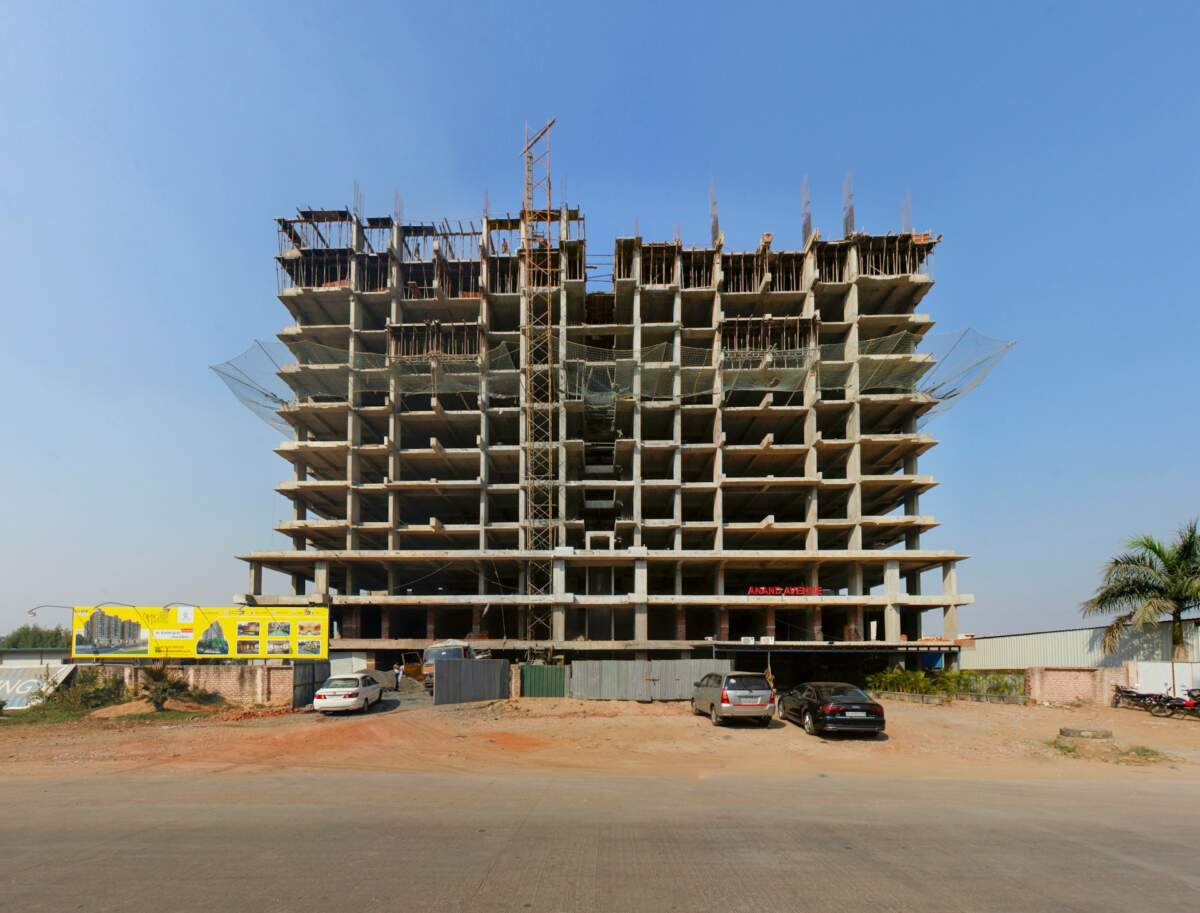Over time, advancements in technology have been the bedrock of progress in construction, particularly in piling. These innovations have transformed the way foundations are laid for buildings, bridges, and other infrastructures.
From manual techniques to advanced automated systems, piling construction has evolved to become safer, faster, and more efficient. But how exactly has pile-driving technology developed, and what innovations are shaping the industry today?
This blog unpacks the transformation of pile-driving technology over the years, shedding light on how it has influenced modern construction methods. Read on to discover the key developments, the impact of innovation, and what the future holds for this critical sector.
Tracing the Origins of Pile Construction
Long before heavy machinery took center stage, pile construction relied on rudimentary methods to create stable foundations. Early civilizations used wooden piles to construct bridges and buildings in wet or unstable soil.
Ancient Methods for Stability
- Wooden Piles: Early engineers used large, sharpened timber stakes to support structures, driving them into the earth using manual labor or rudimentary tools. The strength of these materials deteriorated over time, necessitating new solutions.
- First Recorded Use: Structures like Venice’s historic canals were supported by wooden piles, a testament to their reliability despite limited technology.
The Industrial Revolution
- Introduction of Steam-Powered Machinery: The 19th century saw steam-powered hammers replacing manual labor. This leap significantly improved precision and efficiency in pile driving.
- Mass Construction Projects: As urbanization surged, there was a pressing need for reliable foundations to support the rapid growth of cities.
Hydraulic Systems Bring Precision to Piling
The advent of hydraulic systems in the 20th century reshaped pile-driving methods entirely. These systems offered unparalleled control and energy efficiency.
Advantages Introduced by Hydraulic Systems
- Controlled Force: Unlike traditional methods, hydraulic systems can regulate the force applied, preventing damage to piles or surrounding structures.
- Noise Reduction: One of the significant improvements was minimizing noise pollution—benefiting both workers and urban areas.
Applications in Today’s World
Hydraulic machines are commonly used for large-scale projects, allowing construction in dense urban areas without disruption. For example, modern piling repair services now leverage this technology to execute complex repair jobs with minimal disturbance.
The Role of Automation in Pile Driving
Automation has perhaps been the most significant leap in pile construction technology. Automating processes has eliminated much of the manual effort previously required, increasing speed and accuracy.
GPS-Enabled Machinery
- Precise Placement: Modern machines are equipped with GPS technology, ensuring that piles are driven exactly where they are needed. This level of precision wasn’t achievable in earlier eras.
- Efficiency Gains: Automation reduces waste and speeds up the overall construction process.
The Role of Sensors
Sensors integrated into pile drivers monitor factors like depth, pressure, and stability in real time. These innovations have improved quality control, ensuring structural safety.
Advancing Sustainability in Piling
The spotlight on sustainability has driven further innovation in pile construction. Eco-friendly practices and materials have become integral to the industry.
Use of Recycled Materials
- Reducing Waste: Pile manufacturers are increasingly incorporating recycled steel and other materials to lower their environmental footprint. This innovation not only reduces waste but also aligns with global sustainability goals.
Energy-Efficient Machines
- Lower Fuel Consumption: Many modern pile drivers use fuel-efficient engines to reduce emissions. Electric pile drivers are also emerging as a sustainable alternative to traditional machinery.
Minimizing Soil Displacement
New methods, such as vibro-piling, minimize environmental impact by reducing soil displacement during pile driving.
Cutting-Edge Innovations in Pile Driving Technology
Keeping pace with today’s digital age, pile-driving technology is leveraging artificial intelligence (AI) and machine learning for smarter operations.
Artificial Intelligence in Piling
AI-powered systems analyze soil conditions and predict the optimal techniques for driving piles, ensuring structural stability and reducing trial-and-error in construction.
Remote Monitoring Systems
- Real-time Tracking: Construction managers can now monitor projects remotely through IoT (Internet of Things) devices.
- Improved Safety: These systems also allow for timely interventions in case of accidents or technical failures.
New Equipment in the Field
Technological advancements have brought tools like the “silent piler” into play—machines designed specifically for noise-sensitive areas. Such innovations cater to cities where construction noise regulations are strictly enforced.
How Pile Repair Has Evolved
Piles require maintenance and repair to ensure the longevity of structures. Technological advancements have made the repair process more efficient than ever before.
Specialized Machinery for Repairs
Gone are the days of large-scale disruptions for piling repairs. Compact, cutting-edge machines now allow for quick and efficient fixes, sparing both time and resources.
“Piling Repair Near Me” Services Revolutionized
- Companies offering piling repair services can now pinpoint issues with advanced scanning and diagnostic tools, ensuring fast turnarounds with minimal environmental impact.
- For instance, portable pile drivers can reach confined spaces to execute highly targeted repairs.
The Future of Pile Construction and Repair
Looking ahead, it’s clear that technology will continue to redefine pile construction. From AI-enabled assessments of soil quality to eco-friendly innovations, the industry is gearing up for a sustainable, efficient future.
Anticipating New Materials
Research is ongoing into ultra-durable, lightweight materials that could replace traditional concrete and steel piles.
Increasing Efficiency with AI
AI systems are set to become even smarter, allowing for earlier detection of structural problems and more cost-efficient repairs.
A Connected Industry
Expect even greater use of IoT devices, making pile construction projects more transparent and easier to manage in real-time, while also maximizing safety.
Laying the Foundation for the Future
The evolution of pile-driving technology has marked a turning point in construction, raising the bar for efficiency, safety, and sustainability.
For businesses searching for “piling repair near me,” today’s technology means more reliable results and cost-effective outcomes than ever before.
By understanding the history and advancements in this field, it becomes clear that innovation will remain the driving force behind the success of future construction endeavors.
If you’re looking to elevate your project with the best in pile construction and repair, make modern technology the foundation of your approach.










